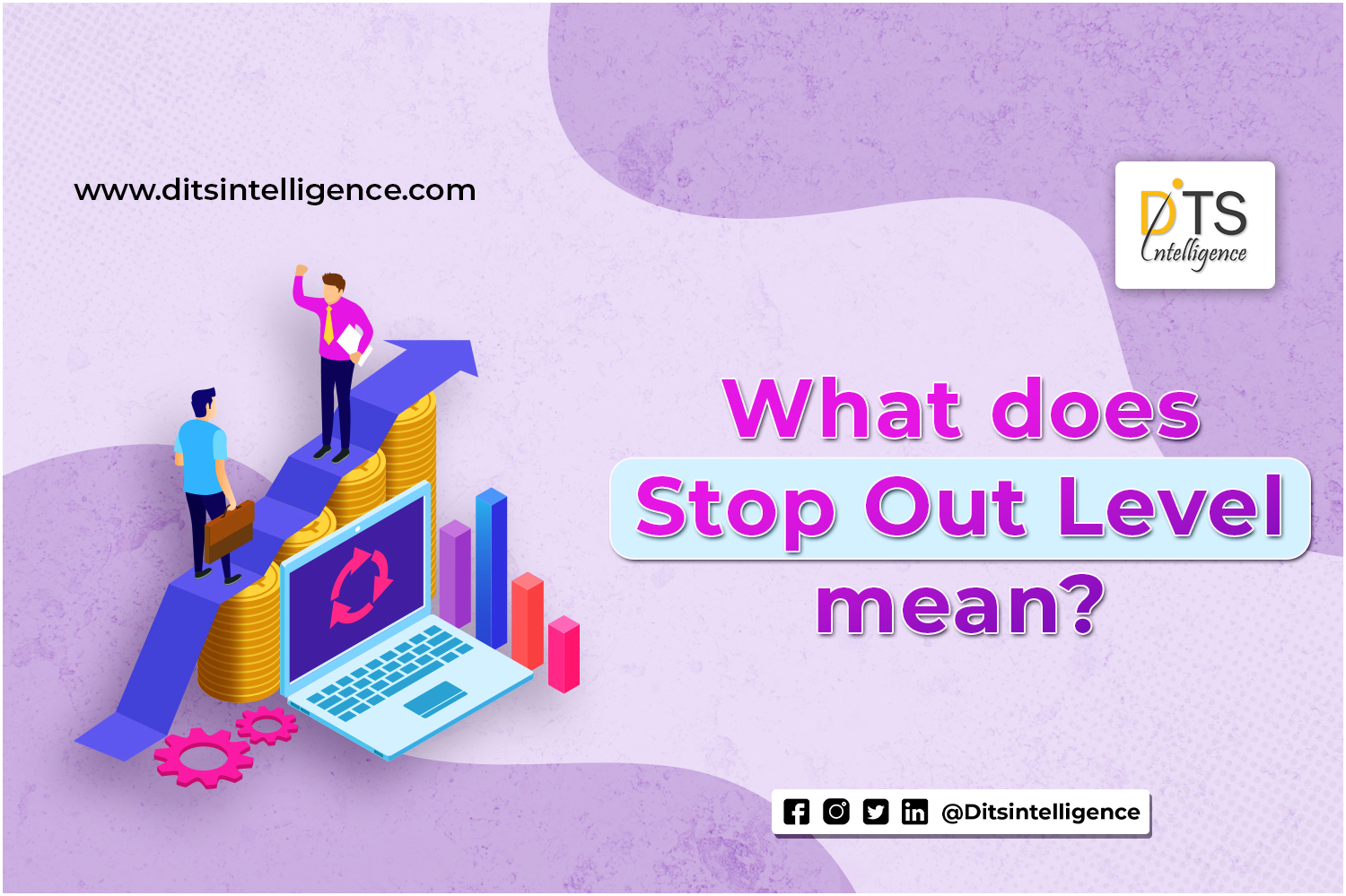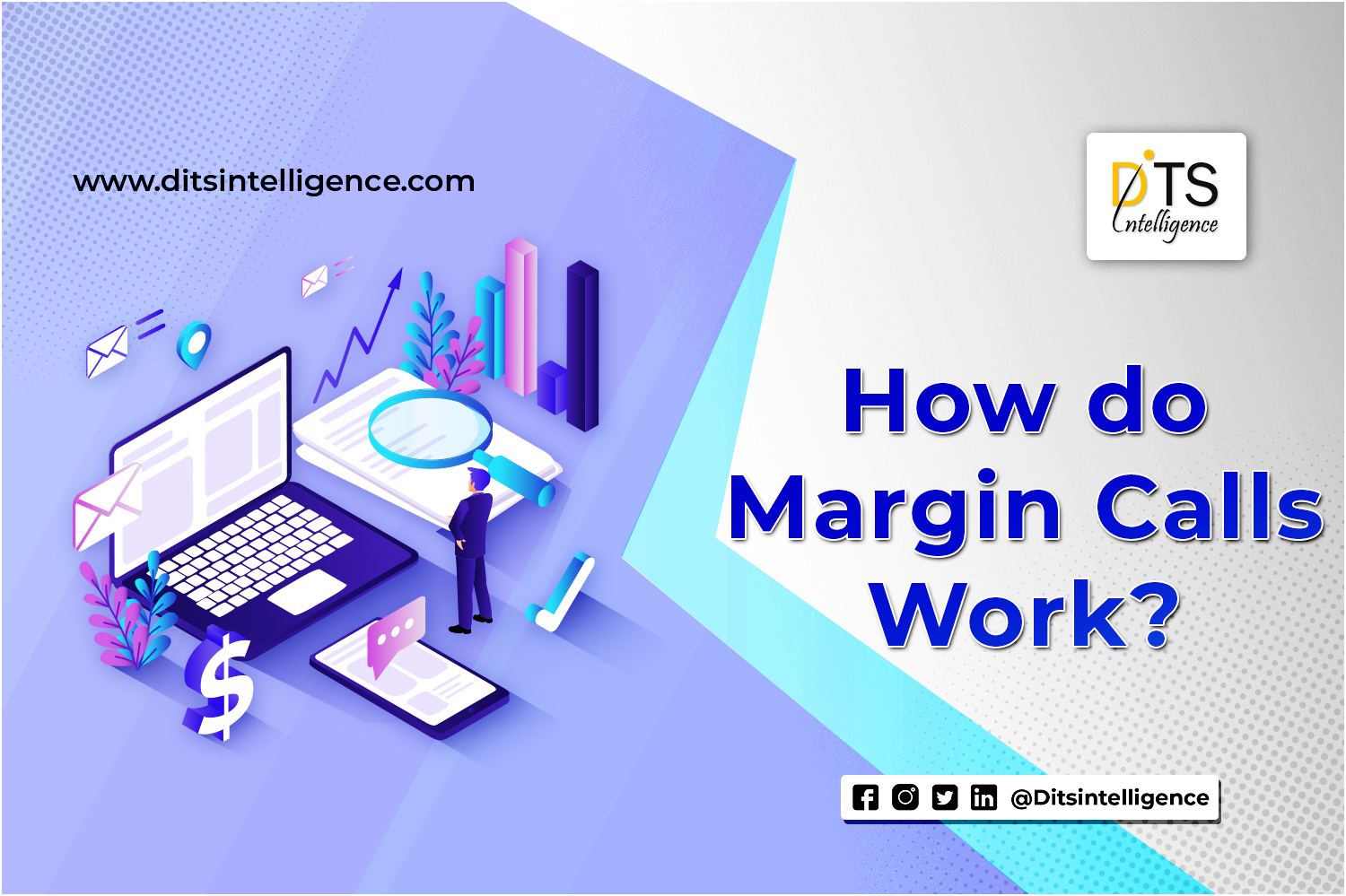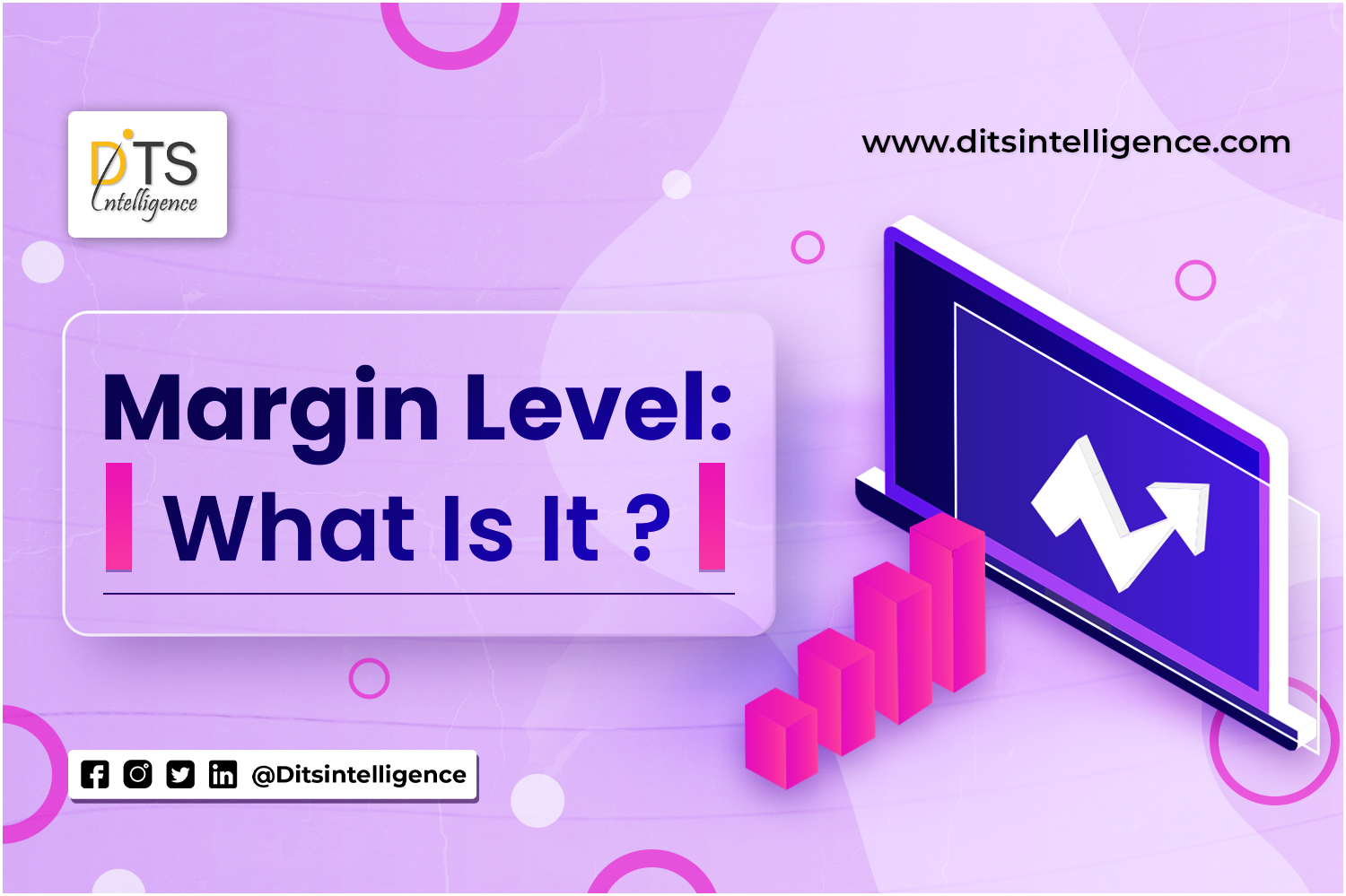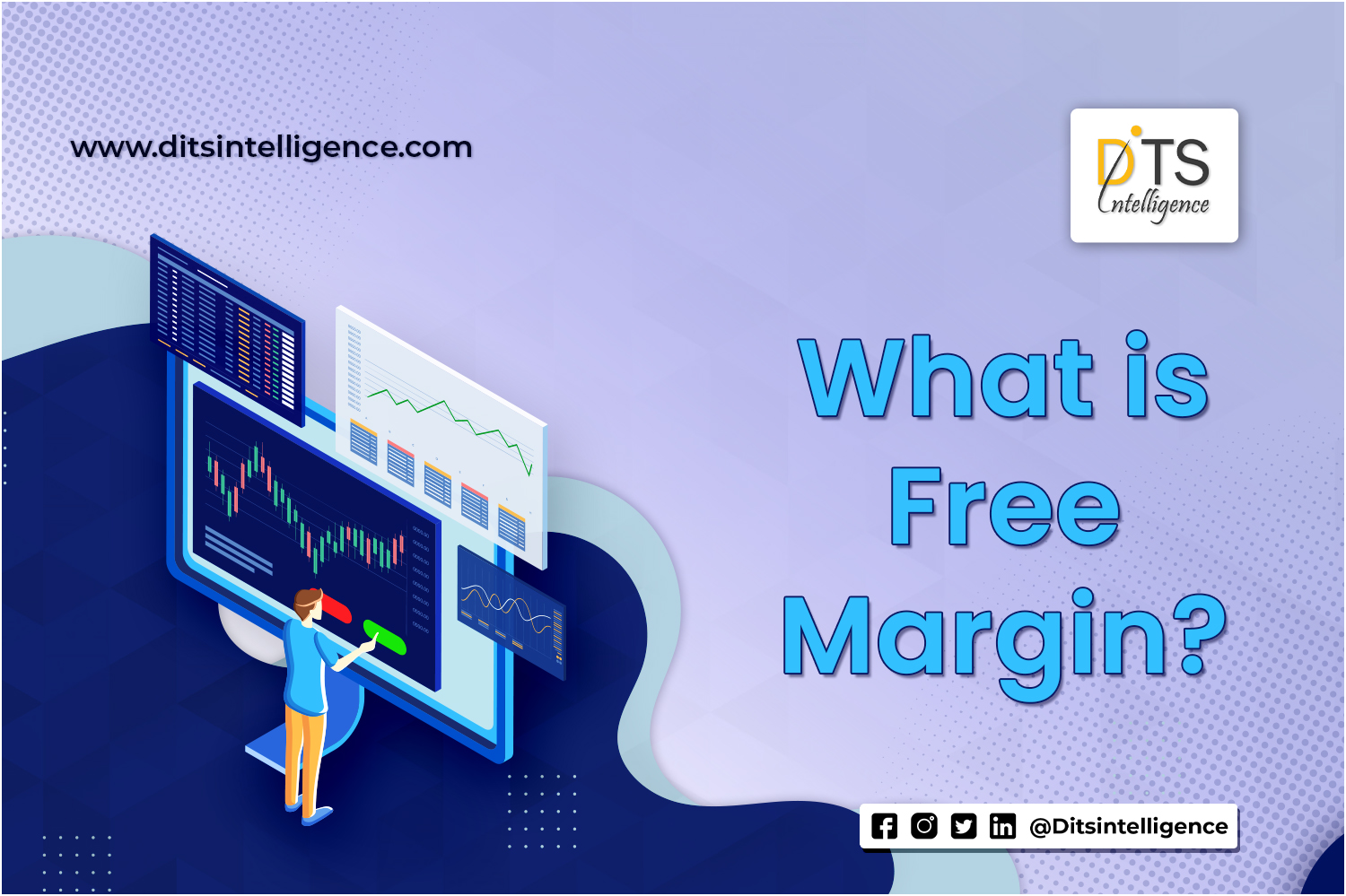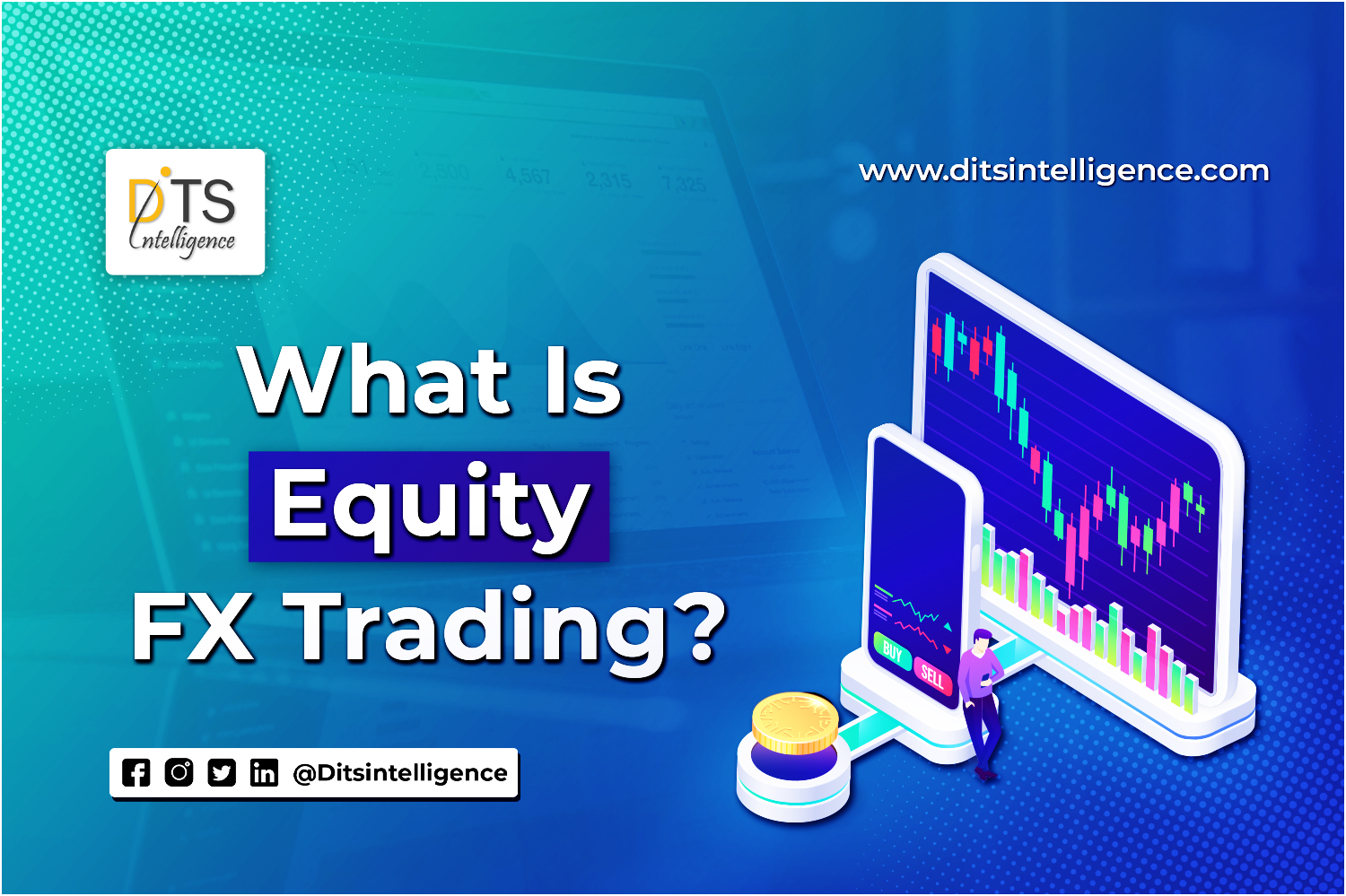When to Buy and When to Sell a Currency Pair
When to Buy and When to Sell a Currency Pair In the forthcoming examples, we would like to use basic analysis to further decide which particular currency pair to buy or sell.
June 03, 2022 - 10:32 AM 534 views
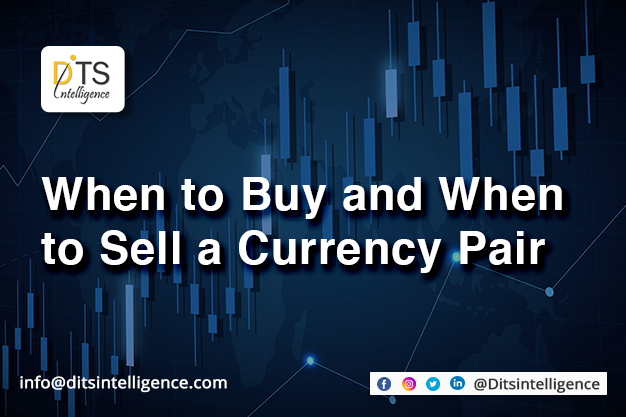
Educational Articles
© When to Buy and When to Sell a Currency Pair
Typically, forex market trading (FX) involves forecasting which currency will rise or fall against another currency.
But, how do you know when to purchase or sell a currency pair?
In the forthcoming examples, we would like to use basic analysis to further decide which particular currency pair to buy or sell.
The supply and demand of the currency variations are totally dependent on the different economic factors that can direct currency exchange rates up and down.
Each currency belongs to a specified country or region. So, our forex market’s basic analysis depends on the overall state of the country’s economic outlook. It can be employment, manufacturing, international trade, productivity, geopolitical tensions, interest rates, etc.
EUR/USD
In the given example, the EURO is the base currency, and thus it forms the basis for the buy and sell.
If you trust that the US economy is falling, then it would be a bad signal for the US dollar. Then you can purchase the EUR/USD currency pair.
You have purchased Euros on the hope of an increase
in the value of the currency against the US dollar.
You would place a Sell EUR/USD order if you feel the US economy is robust and the
Euro will decline versus the US dollar.
You have sold Euros with the anticipation that they will fall in value against the US dollar.
USD/JPY
The US dollar is the base currency in this case, and
thus the "basis" for the buy/sell.
You would place a buy USD/JPY trade if you believe
that the Japanese government will weaken the yen in order to boost the
country's export business.
By doing so, you have purchased the US dollars with
the expectation of an increase in the value of the US dollar against the
Japanese yen.
You would place a Sell USD/JPY order if you believe Japanese investors are
withdrawing money from the US financial markets and changing all of their US
dollars back to yen, which will harm the US currency.
You have sold US dollars with the assumption that they will devalue against the Japanese yen as a result of your actions.
GBP/USD
The pound is the base currency in this case, and
thus the "basis" for the buy/sell.
You could place a BUY order for GBP/USD pair if you believe that the British economy
is performing better than the United States of America (USA) in terms of
economic and fiscal growth.
By doing so, you have purchased the pounds with the
expectation of an increase in the value of the US dollar against the British
Pound.
You could place a SELL order for GBP/USD pair if you believe that the British economy
is slowly falling when compared to the United States of America (USA) economy
which remains strong like Chuck Norris.
As a result of your actions, you have sold British pounds with the assumption that it will devalue against the US dollars.
How to Trade Forex (FX) with USD/CHF?
In this case, the US dollar is the base currency, and thus the "basis" for the buy/sell.
If you believe that the
Swiss Franc (CHF) is overestimated, then you would place a BUY order for USD/CHF order.
By doing so, you have
purchased US dollars in the assumption that it will get high over Swiss Franc
(CHF) currency.
If you think that the
US housing market weakness will damage the US economic growth, this can depress
the US dollar then you can execute the SELL
order for USD/CHF currency pair.
By doing so, you have
sold the US dollars with the assumption that it will devalue against the Swiss
Franc currency.
Trading in Lots
Because buying or selling one Euro in forex would be silly, they are normally sold in "lots" of 1,000 units (micro lot), 10,000 units (mini lot), or 100,000 units (standard lot), depending on your broker and account type (more on "lots" later).
Trading Margin
"However, I don't
have the funds to purchase 10,000 euros!" Is it still possible for me to
trade?"
Yes, you can! By making use of leverage.
You won't have to pay
the 10,000 Euros up front if you trade with leverage. Instead, you'd make a
tiny "deposit," referred to as margin.
The ratio of
transaction size ("position size") to actual cash ("trading
capital") utilized for margin is known as leverage.
For example, a 50:1
leverage ratio often referred as a 2% margin requirement means that $2,000 in
margin is required to establish a $100,000 position.
Margin trading allows
you to open significant positions with a fraction of the capital you'd need
otherwise.
This is how you can
open positions for $1,250 or $50,000 with as little as $25 or $1,000.
With a small amount of
beginning capital, you can perform relatively big trades.
Allow me to explain.
We'll go over margin in
further detail later, but ideally you now have a good understanding of how it
works.
Listen carefully because this is the most important topic!
- You feel that market signs indicate that
the British pound will strengthen against the US dollar.
- You buy with the British pound with a 2%
margin requirement and open one standard lot (100,000 units GBP/USD).
- You keep your fingers crossed for a rise
in the exchange rate.
- When you buy one lot (100,000 units) of
GBP/USD at 1.50000, you are purchasing 100,000 pounds worth $150,000 (100,000
units of GBP * 1.50000).
- Because the margin requirement was 2%,
you would need to set aside US$3,000 in your account to open the deal ($150,000
* 2%).
- With just $3,000, you now have control
of 100,000 pounds.
-
You decide to sell
after your forecasts come true. At 1.50500, you close the position. You make
around $500 every month.
When you elect to close a position, you will receive
your initial deposit ("margin") back along with an estimate of your
gains or losses.
After that, your profit or loss is credited to your
account.
Let's take a look at the GBP/USD trade example from earlier.
- GBP/USD increased by only half a penny! It's not even a penny. It was only a shilling!
- You, on the other hand, made $500!
- While having a power nap, of course!
- How? Because you weren't dealing with a single pound.
- Yes, you would have only made half a cent if your position size was £1.
However, when you first opened the transaction, your position size was £100,000 (or $150,000).
- What's even better is that you didn't have to pay the complete sum.
- To open the deal, all that was needed was $3,000 in margin.
- A return of 16.67 percent on a $3,000 investment is $500 profit!
- In less than twenty minutes!
That’s the power of authoritative trading!
A tiny margin deposit might result in significant losses as well as profits.
It also means that a relatively minor change in the size of any loss or profit might result in a proportionately much larger change in the size of any loss or profit, which can work both for and against you.
You might have easily LOST $500 in the same amount of time.
You wouldn't have awoken from your slumber. You'd have awoken in the middle of a nightmare!
High leverage may sound appealing, but it can be dangerous.
You open a forex trading account with a $1,000 deposit, for example. You open a $100,000 EUR/USD position because your broker offers 100:1 leverage.
Your account will be $0 with just a 100-pip shift! A 100-pip move is the same as €1. You blew your account with a one euro price change. Congrats!
|
Your Actions |
GBP |
USD |
|
You buy
100,000 pounds at the exchange rate of 1.5000 |
+100,000 |
-150,000 |
|
You take a power nap for 20 minutes
and the GBP/USD exchange rate rises to 1.5050 and you sell. |
-100,000 |
+150,500 |
|
You have earned a profit of $500. |
0 |
+500 |
Rollover
There is a daily "rollover fee," sometimes
known as a "swap fee," for positions open at your broker's
"cut-off time" (typically 5:00 pm ET), which a trader either pays or
earns, depending on the positions you have open.
If you don't want to earn or pay interest on your
holdings, just make sure they're all closed before the market closes at 5:00
p.m. ET.
Interest rollover charges are an element of forex trading because every currency deal includes borrowing one currency to buy another.
On the currency that is borrowed, interest is PAID.
On the one that is purchased, interest is EARNED.
If you buy a currency with a higher interest rate
than the one you borrow, the net interest rate differential will be positive
(for example, USD/JPY), and you will earn income.
If the interest rate differential is negative, you
will be required to pay.
Many retail forex brokers vary their rollover rates
depending on a variety of criteria (e.g., account leverage, interbank lending
rates).
For further information on your broker's specific
rollover rates and crediting/debiting procedures, please contact them.
The table here will help you to find out the major currencies interest rate differentials
Benchmark Interest Rates
COUNTRY | CURRENCY | INTEREST RATE |
United States | USD | < 0.25% |
Eurozone | EUR | 0.00% |
United Kingdom | GBP | 0.10% |
Japan | JPY | -0.10% |
Canada | CAD | 0.25% |
Australia | AUD | 0.25% |
New Zealand | NZD | 0.25% |
Switzerland | CHF | -0.75% |
Read More Article:
How to invest in Foreign Exchange Market (FX) Step by
step in 2022
How to make an investment in foreign exchange market?
How to invest in forex market in 2022
What is the Best Way to Make Money Trading Forex?
In Detail, What Is The Forex Market (FX)?
In the Forex Market, What is actually traded?
What is a pip in forex trading?
Currency Pairs: Buying and Selling
In the Forex Market (FX), What Is A Lot?
The Different Types Of Forex Trading
Forex Market (FX): It’s Size and Liquidity
Forex Trading For Beginners: A Guide To Making Profits
From Currency Trading
Learn to Trade with Best and
Trusted Global Broker
Start your journey with
us and learn from basic to advance with one to one training session. Get full
knowledge about the market from our expert team and become expert in market.
Free Enquiry Now: Click Here
Recent Articles
- Fed Rates will Rise by 50 Basis Points in September, Predicts Goldman Sachs
- Fed Governor Bowman: Significant Rate Increases May Continue
- NZ Inflation Expectations Softer in Q3, Kiwi off Highs, According to RBNZ Survey
- The Year-Ago Base Effects will Cause the Headline and Core Rates to Decline in the US, According to Scotiabank
